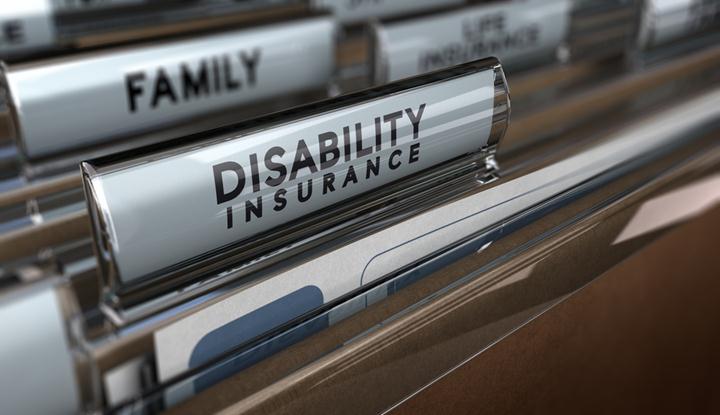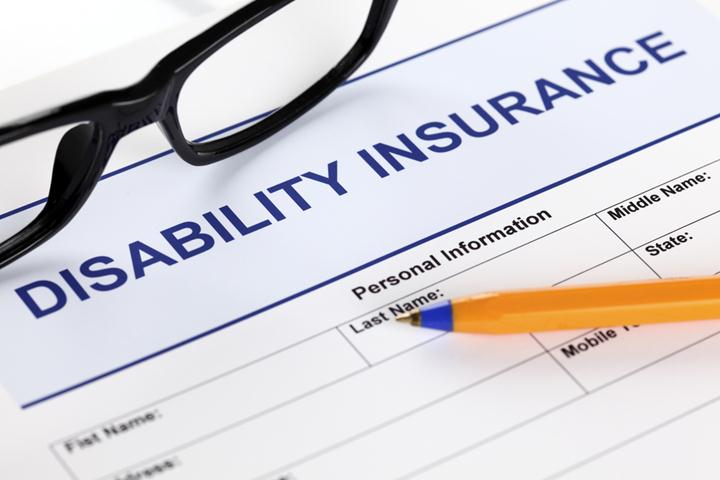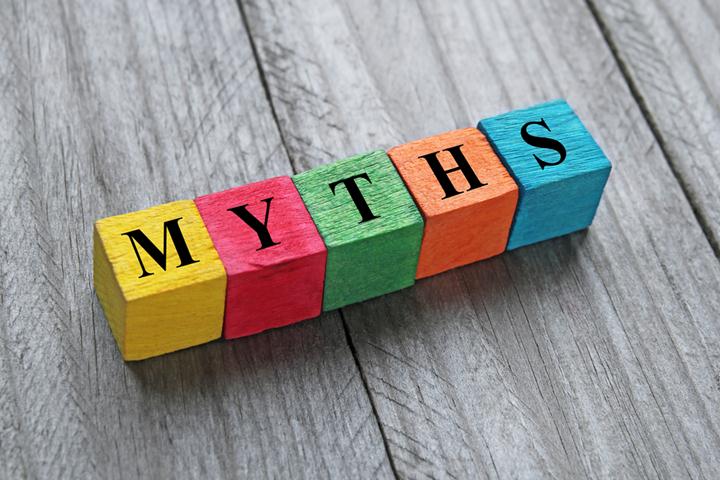In understanding disability insurance, the terms short-term and long-term are used to indicate the period in which an insurance cover is applicable. Short-term disability refers to a temporary injury or sickness that limits you from working for a short period, for example, three months. The impairment may occur when you are engaged in activities outside your working environment that end up hurting any of your body parts. Short-term disability insurance allows you to take care of your medical bills within the period that you are not working. A specified amount of money is deducted from your salary and contributed towards this insurance cover. Some private insurance companies provide this type of protection for up to six months, while the government’s E.I. support only applies for fifteen weeks.
Long-Term Disability Insurance
Long-term disability refers to an incapacity that is either permanent or limits an individual from working for a long duration of time, mostly more than six months. The insurance coverage under this type of disability covers the period that exceeds that of the short-time disability cover. In a case where you are involved in a critical accident or illness, you are eligible for both short-term and long-term disability insurance covers. Once the incident happens, the short-term insurance should take care of the medical bills for the period indicated in the agreement, that is, 15 weeks for the government and six months for insurance companies, after which the long-term disability cover takes over.
Long-Term Disability Insurance vs. Short-Term Disability Insurance
- In the long-term cover, the company pays you a fixed amount for the specified duration of time in the agreement and may continue to pay even after that set time if you are still unable to report back to work. In contrast, the short-term cover offers nothing after the fixed period. The condition means that if, for instance, the company provides long-term cover for two years and your disability exceeds this duration, there is a possibility that you will continue to receive the funds. It may, therefore, provide cover until you are back to work, wholly healed, or at the age eligible for social security retirement.
- Short-term disability has a shorter elimination time compared to the long-term alternative. The former has a waiting time of about ten days while long-term has about 90 days depending on the company’s terms. The waiting time mostly begins from the day when the sickness or injury happened. The waiting period in long-term disability insurance allows you to utilize the short-term cover and other benefits that you are entitled to during this period.
Disability insurance is essential in ensuring that you have a stable income even in the occurrence of a sickness or an injury that prevents you from working. The protection enables you to take care of your medical bills during this difficult time. The two covers help you in the case of illness or injury that doesn’t fall under worker’s compensation. Accidents or sickness are always unplanned and the duration they take to heal may not be easily pre-identified. It is therefore vital to consider acquiring either or both insurance covers to take care of this unpredictable situation.
Featured Image: depositphotos/ Olivier26






